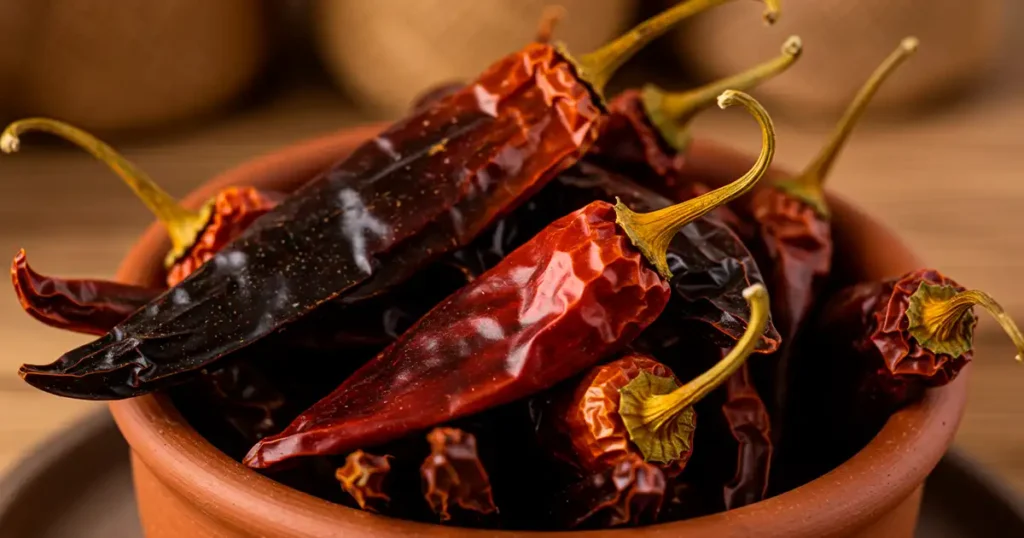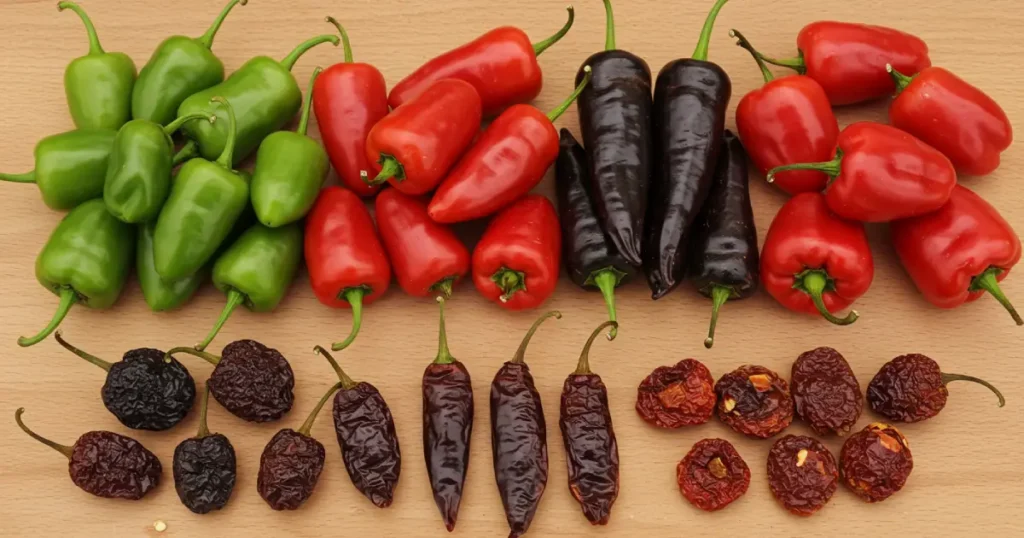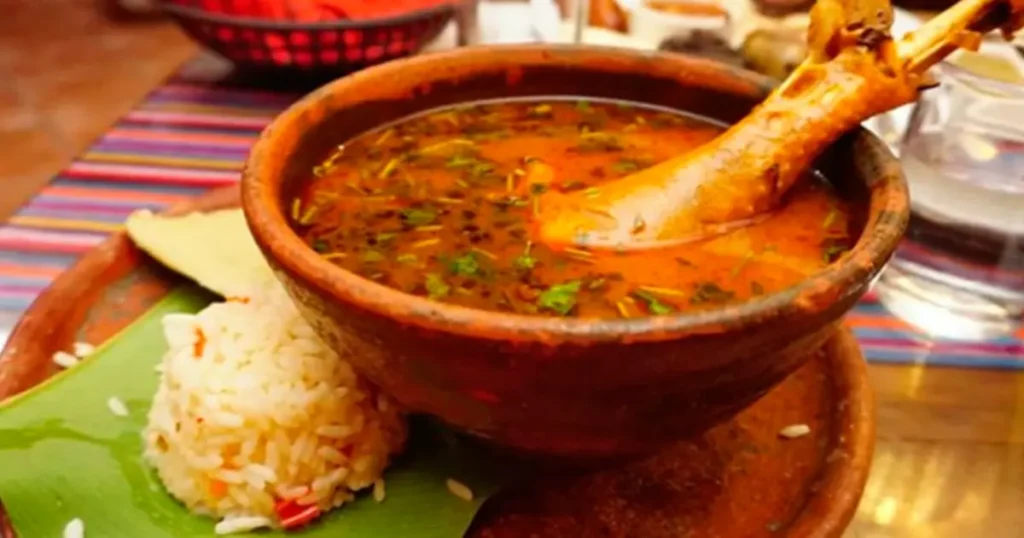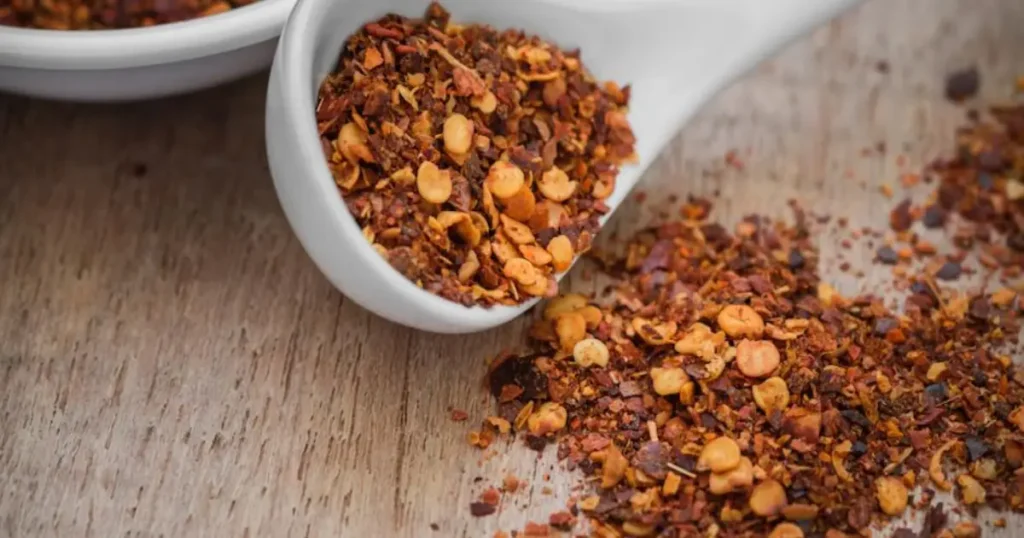Chile Cobanero: Guatemala's Smoky & Spicy Culinary Gem

Deep within the lush, mountainous highlands of Alta Verapaz, Guatemala, lies a culinary treasure that ignites the palate and embodies the rich Mayan heritage of the region: the Chile Cobanero. More than just a source of heat, this small but mighty pepper is a cornerstone of Guatemalan cuisine, revered for its distinctive smoky flavor, vibrant history, and profound cultural significance.
Join us as we journey into the heart of Guatemala to explore the captivating world of the Chile Cobanero, a pepper that truly represents the fiery soul of this Central American nation.
What is the Chile Cobanero? A Legacy Forged in Smoke and Time

The Chile Cobanero (Capsicum annuum), often affectionately nicknamed "the angry one," is a rare Maya variety of chili pepper. Its name is a direct homage to the city of Cobán, the capital of Alta Verapaz, and the surrounding areas where it has been traditionally cultivated for centuries, with roots tracing back to as early as AD 250. These peppers are relatively small, typically measuring about an inch (2.5 cm) in length, with a conical or triangular shape. They begin their life a vibrant green, eventually ripening to a deep, alluring red.
What truly sets the Chile Cobanero apart is its traditional processing method. After harvesting, the ripe red peppers are meticulously dried and smoked, often over smoldering hardwood fires. This ancient technique not only preserves the peppers but also imbues them with their characteristic deep-red hue and, more importantly, a complex, smoky aroma and flavor profile that is both intense and alluring. This smoky essence is a hallmark of the Cobanero and a key reason for its prized status in Guatemalan kitchens.
Beyond its smokiness, the Chile Cobanero boasts a fierce, bright heat that is often described as having fruity, almost peachy undertones. This combination of smoke and fruitiness creates a uniquely delicious flavor that is both warming and invigorating.
The Scoville Scale: Measuring the Cobanero's Fire
For chili aficionados, the Scoville scale is the ultimate measure of a pepper's heat. The Chile Cobanero typically registers between 30,000 and 50,000 Scoville Heat Units (SHU). This places it in a similar heat range as cayenne pepper and significantly spicier than a jalapeño (which typically ranges from 2,500 to 8,000 SHU) or a serrano pepper. While it packs a considerable punch, the spiciness of the Cobanero is often described as intense yet relatively short-lived, allowing its complex smoky and fruity notes to shine through without overwhelming the palate for an extended period. The exact heat level can, of course, vary depending on specific growing conditions, soil, and climate.
A Culinary Staple: The Versatile Uses of Chile Cobanero in Guatemalan Cuisine
The Chile Cobanero is far more than just a background spice in Guatemala; it is a star ingredient, a flavor enhancer, and a cultural icon that graces tables at nearly every meal. Its versatility is remarkable, and it can be found in various forms – fresh (though less common for its signature flavor), dried, powdered, or transformed into fiery sauces and pastes.
The Heart of Traditional Dishes

Perhaps the most iconic dish featuring the Chile Cobanero is Kak'ik, a traditional Q'eqchi' Maya turkey stew. This hearty and aromatic dish, often considered Guatemala's national dish, relies heavily on the Cobanero for its signature smoky depth and warming spice. The chilis, along with tomatoes, achiote, and other spices, create a rich, flavorful broth that is both comforting and complex.
Beyond Kak'ik, the Cobanero is a key component in countless other traditional Guatemalan preparations:
- Recados (Spice Pastes/Sauces): "Recado" is a general term for the flavorful sauces and spice blends that form the base of many Guatemalan stews, marinades, and dishes. Chile Cobanero, with its distinctive profile, is a frequent and beloved ingredient in these recados, lending its smoky heat to preparations like Suban-ik (a chicken and pork stew cooked in mashan leaves) and various other meat and vegetable stews.
- Salsas: No Guatemalan table is complete without a vibrant salsa, and the Chile Cobanero is a popular choice for crafting these fiery condiments. Whether blended with fresh tomatoes, onions, and cilantro for a bright, piquant salsa, or roasted and combined with garlic for a deeper, smokier flavor, Cobanero salsas add a kick to everything from grilled meats and eggs to tortillas and beans. It's common to find both green (made with fresh chilis) and red (made with dried, often Cobanero, chilis) hot sauces offered.
- Adobos and Marinades: The smoky notes of the Cobanero make it an excellent ingredient for adobos (marinades), particularly for meats like pork and chicken before grilling or roasting. The chili infuses the meat with a deep, savory, and spicy flavor.
- Seasoning Powder: In its powdered form, Chile Cobanero is used as a versatile seasoning, sprinkled over dishes to add a final touch of heat and smokiness. It might be used to liven up soups, stews, eggs, or even fruit.
The presence of Chile Cobanero on the dining table, often in a communal bowl of hot sauce, allows individuals to customize the spiciness of their meal, a testament to its integral role in the daily culinary experience.
Cultivation and Terroir: Growing the Famed Cobanero

The Chile Cobanero thrives in the specific microclimate of the highlands of Alta Verapaz. This region, known for its mountainous terrain, ample rainfall, and fertile soil, provides the ideal conditions for cultivating these prized peppers.
Growing Chile Cobanero follows practices passed down through generations, though modern agricultural insights are also being incorporated. Typically, seeds are sown in pots or trays in a protected environment, maintaining a temperature between 20 and 25°C (68-77°F). Once the seedlings have developed a few pairs of true leaves and reached a height of about 10 cm, they are transplanted to the fields.
The plants themselves can reach a height of 60 to 100 cm. They require full sun and well-drained, humus-rich soil. Planting distances vary depending on the specific growing system, with recommendations for spacing between plants and rows to ensure adequate sunlight and air circulation. Traditional farming methods are often employed, emphasizing the natural bounty of the land.
The journey from a small green fruit to the deep red, smoke-infused chili is one of patience and care. The peppers are harvested when fully ripe, having achieved their characteristic red color. The subsequent drying and smoking process is crucial to developing their signature flavor and preserving them. This traditional smoking technique is a craft in itself, contributing to the unique artisanal value of the Chile Cobanero.
Cultural Significance: More Than Just a Spice
The Chile Cobanero is deeply woven into the cultural fabric of Guatemala, particularly within the Q'eqchi' Maya communities of Alta Verapaz. Its cultivation and use are steeped in tradition, representing a culinary heritage passed down through generations.
- Mayan Legacy: The use of chilies in Mesoamerica dates back thousands of years, and the Cobanero is a living link to this ancient culinary tradition. It represents the enduring agricultural practices and sophisticated understanding of flavors developed by the Maya civilization.
- Regional Identity: The chili is a powerful symbol of regional identity for Alta Verapaz. Its name directly ties it to Cobán, and its unique flavor profile is a source of local pride. It's an ingredient that helps define the distinct character of the region's cuisine.
- Artisanal Value: The traditional methods of growing, harvesting, drying, and smoking the Chile Cobanero highlight its artisanal nature. It's not just a mass-produced commodity but a product of careful craftsmanship and local knowledge. This artisanal quality is increasingly recognized and valued.
- Gastronomic Tourism: As Guatemalan cuisine gains international recognition, unique ingredients like the Chile Cobanero are becoming focal points for gastronomic tourism, attracting food lovers eager to experience authentic local flavors.
The chili's prominent role in iconic dishes like Kak'ik, often prepared for special occasions and celebrations, further underscores its cultural importance. It’s a flavor that evokes home, tradition, and community for many Guatemalans.
Where to Find and How to Use Chile Cobanero
For those in Guatemala, Chile Cobanero is readily available in local farmers' markets, particularly in Cobán and the surrounding Alta Verapaz region. It can be purchased whole (dried and smoked), in powdered form, or as part of pre-made salsas and recados. Brands like Malher and Sasson also offer packaged Chile Cobanero in supermarkets like Walmart Guatemala.
Internationally, acquiring authentic Chile Cobanero can be more challenging but is becoming easier through specialty spice retailers and online purveyors that focus on sourcing unique global ingredients. Companies like Burlap & Barrel, for example, offer Cobanero chili flakes, highlighting its rare Maya variety and distinct flavor profile.
Once you have your hands on this Guatemalan gem, the culinary possibilities are exciting:
- Salsas and Hot Sauces: Blend soaked dried Cobaneros with roasted tomatoes, garlic, onion, and a splash of vinegar for a classic smoky hot sauce.
- Rubs and Marinades: Grind dried Cobaneros into a powder and combine with other spices like cumin, oregano, and salt for a flavorful rub for meats or vegetables.
- Stews and Soups: Add whole dried Cobaneros (rehydrated or not, depending on desired heat) to stews and soups to infuse them with smoky depth. Remember to remove them before serving if you prefer a milder heat.
- Infused Oils: Gently heat dried Cobaneros in oil to create a smoky, spicy infused oil perfect for drizzling over pizzas, pastas, or grilled foods.
- Chocolate Pairings: The smoky and fruity notes of Cobanero can surprisingly complement dark chocolate, adding a spicy kick to desserts or mole-style sauces.
When cooking with Chile Cobanero, especially if you are unfamiliar with its heat, it's always best to start with a small amount and add more to taste. The intensity can vary, and its smoky character is potent.
Beyond the Cobanero: Other Notable Guatemalan Chilis

While the Chile Cobanero holds a special place, Guatemala is home to a variety of other chili peppers that contribute to the diversity of its cuisine. These include:
- Chile Chiltepín: A small, round, and very hot pepper (Capsicum annuum var. glabriusculum), often found wild or semi-cultivated. It delivers a sharp, biting heat.
- Chile Diente de Perro (Dog's Tooth Chili): Belonging to the Capsicum frutescens species (like Tabasco peppers), this small, elongated chili is also quite pungent (around 30,000 – 50,000 SHU) and offers a slightly fruity flavor. It's commonly used in recados and various dishes.
- Chile Guaque (Guajillo-like): A larger, milder chili that is often dried. It provides rich color and a more subtle, fruity flavor to sauces and stews, similar to the Mexican Guajillo pepper.
- Chile Pasa (Pasilla-like): Another dried chili, long and dark, offering a mild to medium heat with complex, raisiny, and sometimes chocolatey notes.
- Habanero: While often associated with the Yucatán, habanero peppers are also cultivated in Guatemala, particularly in regions like Petén. They are known for their intense fruity flavor and significant heat (100,000–580,000 SHU).
Each of these chilies brings its own unique characteristics to the Guatemalan culinary landscape, but the smoky allure of the Cobanero remains distinct and highly prized.
The Enduring Allure of a Guatemalan Legend
The Chile Cobanero is more than just an ingredient; it's a story, a tradition, and a fiery expression of Guatemalan identity. From the misty highlands of Alta Verapaz where it is lovingly cultivated and smoked, to the bustling kitchens and festive tables where it transforms everyday meals into culinary experiences, the Cobanero captivates with its unique smoky heat and rich, fruity undertones.
As global appreciation for authentic, traditional flavors grows, the Chile Cobanero stands out as a shining example of Guatemala's rich biodiversity and culinary heritage. Whether you're a seasoned chili enthusiast or a curious foodie, seeking out and experiencing the Chile Cobanero is a journey into the very heart and soul of Guatemalan cuisine – a journey well worth taking. Its enduring legacy is a testament to the power of flavor to connect us to a place, a people, and a vibrant cultural history.

Leave a Reply